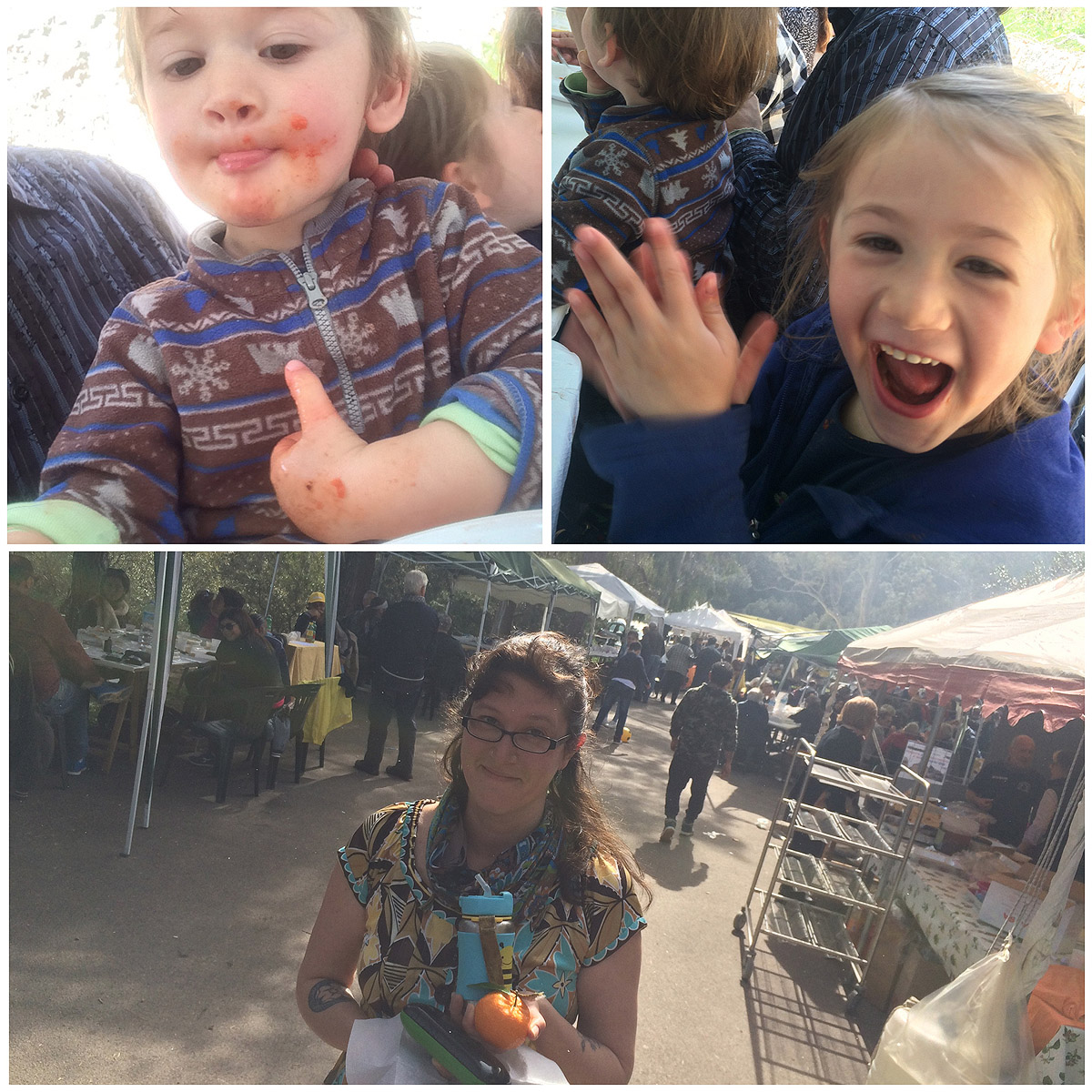
Yesterday was my son’s second birthday, and as a way to celebrate his Sardinian roots and enjoy a day out with the family, we joined our new village, Monti to celebrate Pasquetta, or Easter Monday, with good food, wine and lots of conversation with new neighbors. At the celebration, we were able to sample two quintessential Sardinian dishes: Malloreddus and Maialetto (or Porceddu). If you are a vegetarian, this post is definitely not your cup of tea and I offer you a look at some of Sardinia’s non-meat based dishes, like Medieval Chick Pea Flour Pancakes or Creamy Pumpkin Risotto with Crispy Onions.
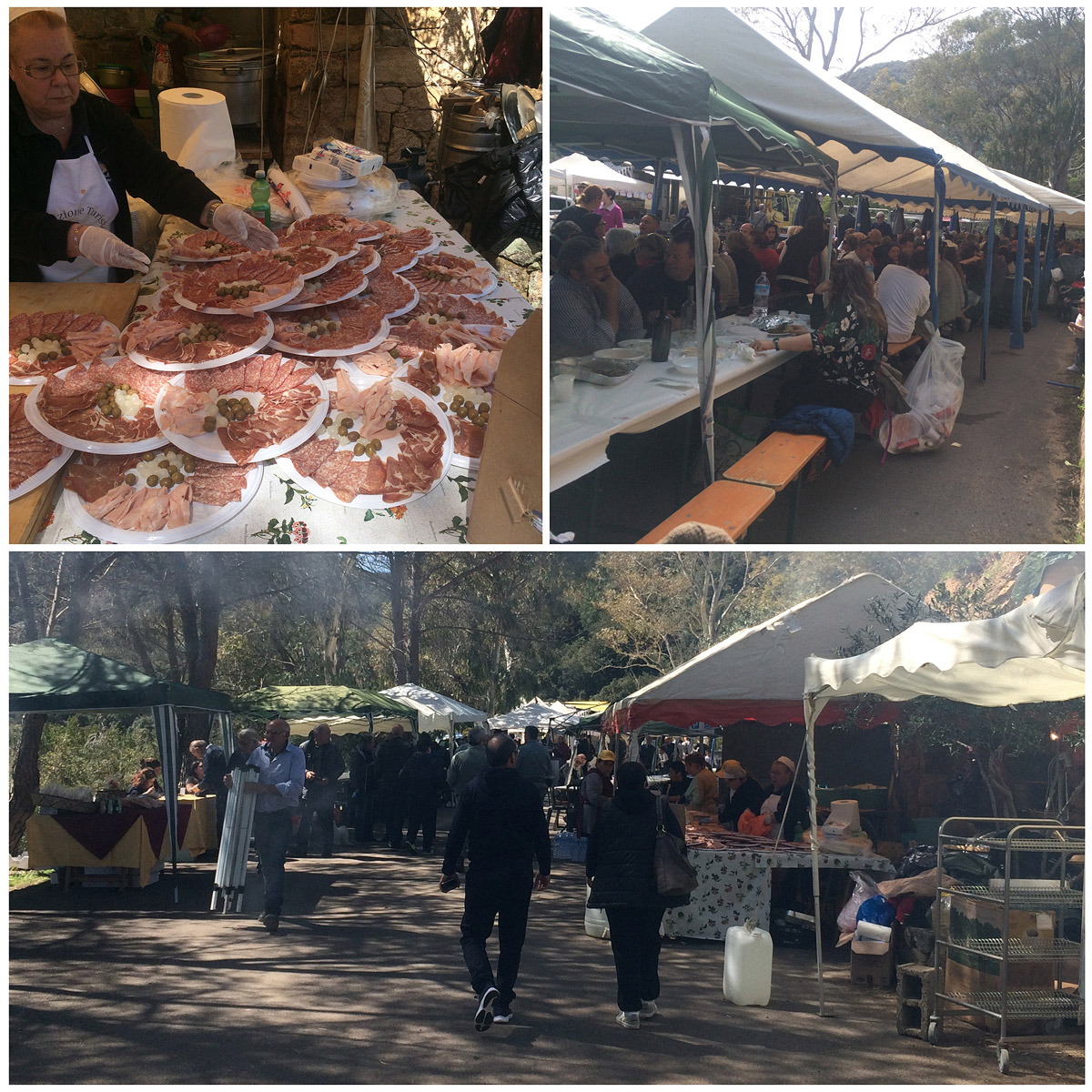
Sardinia, an Island with Earthy Tastes
We have cooked Malloreddus at home many times, already. They even make a gluten-free version. I don’t think you can be in Sardinia for one day without trying it, as it is pretty much the national dish of Sardinia. Yes, Sardinians do see themselves apart from their fellow countrymen over there on “the continent” and rightly so.
Traditional foods tell us so much about the geography and history of a place, and Sardinia is no exception.
Sardinia has spent most of its history isolated from the mainland and has a history of invasions and colonization beginning with the Phoenicians in the 9th century (BCE) to the Romans, Arabs, Northern Italians (Genoese and Pisans) and finally the Spanish who kept Sardinians under feudalism.
During the Aragonese rule raids increased exponentially while Sardinians lived in the crossfire of larger political motivations paying a dear price in loss of human life and livelihood, especially fishing activities. Things did not improve under the rule of the House of Savoy. Sardinians lived under a feudal state imposed by invaders until the end of the 18th century, almost 500 years after it was abolished in much of Europe.
In resistance, the native Sardinian people moved inland creating strong bases of tradition in the interior mountainous regions, like Barbagia which has an insular history. There, they cultivated a traditional cuisine that relies mostly on inland foods, such as grains, and pastoral animals, like sheep, goats, and pigs. This allowed the people to stay away from the coasts, which only tend to bring ships of “robbers”. Malloreddus and Porcheddu exemplify the island’s cuisine based on foods of the land and not of the sea, despite Sardinia being an island surrounded by the Mediterranean.
Malloreddus
Malloreddus are the most often prepared traditional dish in Sardinia. This small pasta, also known as “gnochetti Sardi” appear on the plate at all the most important occasions, like village festivals, and weddings.
Even today in more traditional villages the bride will bring a bowl of Malloreddus to her husband, and they will eat their first meal together as husband and wife from the same plate. However, they are often prepared at home for lunch or dinner because they are such a deep part of the Sardinian diet and you can find them on restaurant menus all over the island.
Malloreddus are hand-shaped to look like shells with stripes, and are similar to cavatelli, although cavatelli are made with wheat flour, while malloreddus are made with semolina. This makes them durable, able to stand up to hearty sauces and to feed a large number of people, like at the festival yesterday. Although the pasta was cooked in large batches and took a while to get on all the plates of hundreds of guests, it was still al dente.
It’s All in the Shape
The shape was traditionally created by pressing the balls of dough on a reed basket, but nowadays most people use a special board with ridges, a citrus zester or even the back of a fork to create the lines, which are important so the sauce can easily cling to the pasta.
Traditionally the dough was made with saffron, but today, it is usually added to the sauce, if added at all. The saffron was likely first obtained from the Phoenicians, and then cultivated on the island of Sardinia soon thereafter by the Nuraghic people who inhabited the island at the time.
The name of the pasta, Malloreddus most likely comes from the Latin mallolus, meaning “morsel”. Sardinian is the language that most closely resembles Latin, today. However, Malloru also means “bull” in Sardinian Campidanese, the language spoken in the south of Sardinia and so Malloreddus being a diminutive form of that word, means “little bulls” or “calves”. However seen on a plate, many have likened them to something a little more off-putting, maggots, which are actually an ingredient in one of the most well-known Sardinian cheeses, Casu marzu. But these pasta are usually served with a sausage ragu, sometimes made of wild boar.

Porceddu
Porceddu is another traditional dish based on pork. It is roasted suckling pig, which is prepared, by pit-roasting the piglets using myrtle or juniper branches. The piglets are cooked around a large open fire pit and it takes about 4-5 hours to create the desired result: tender juicy meat with a crispy outside skin, heaven on a plate for pork lovers.
Porceddu is another dish typically reserved for festivals, holidays and other celebrations because it takes so long to cook, and feeds a crowd. The Spaniards certainly left their mark on Sardinia, with their watchtowers dotting the coastlines, Catalan still spoken in Alghero, a town in northern Sardinia, as well as a love for pork dishes.
My daughter loves meat, especially pork and she has been told about Porceddu all her life. She has been waiting patiently to try it, and yesterday she finally got her chance. It was a big hit. She even made up a song about it and kept referring to the piglets as “my poor little porcheddu” and yet she had no difficulty enjoying every little bite.
We had a wonderful time enjoying the spring air and feasting on delicious traditional food, all pork-based from the antipasto until the crowning glory of the Porceddu. When you go to an event like this, even though you are there to eat, people bring coolers full of their own bread, cheese and salumi to share with their neighbors. Bottles of homemade wine are cracked open and enjoyed in anticipation of the three-course meal (with wine) to follow. In those moments it is easy to understand why Sardinia has such a strong and rich food history.
- 1/4 cup olive oil
- 1 small onion, finely diced
- 2 cloves garlic, minced
- 1/2 teaspoon red chili flakes
- ¼ cup fresh basil leaves, torn by hand
- 1 pound mild Italian sausage, casings removed
- Pinch of saffron powder
- 1 (28-ounce) can whole peeled tomatoes
- Sea salt and black pepper to taste
- ½ cup Fiore di Sardo or pecorino cheese, grated
- 1 pound Malloreddus (or substitute cavatelli)
- Heat the oil in a large skillet over medium heat.
- Then add the onion, garlic, chili flakes, and half the basil.
- Once the onion softens, add the sausage and saffron.
- Cook gently until the meat begins to brown.
- Add the tomatoes crushing by hand, or use a wooden spoon to break up in the pan.
- Then add a pinch or two of salt.
- Simmer until it thickens and the flavors blend about 30 minutes.
- Season to taste with salt and pepper. Set aside.
- Bring a large pot of water to a boil.
- Salt the boiling water and then add the pasta.
- Cook pasta to al dente, about 8-10 minutes.
- Drain the pasta and stir into the ragù until the pasta is coated evenly with the sauce.
- Divide between plates and top with plenty of cheese.
Related Posts:
Lasagna Legacy: Italian Food History
Saffron, Ricotta, and Honey (Sardinia’s Holy Trinity)
Live Like a Sardinian: The Key to Longevity

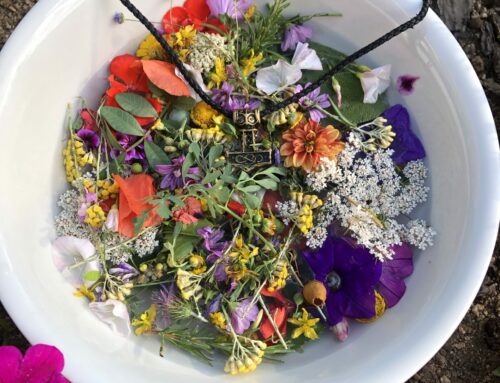
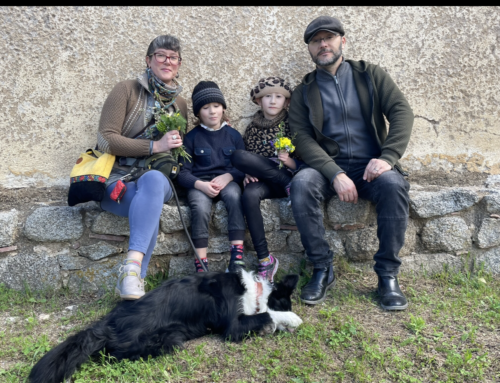


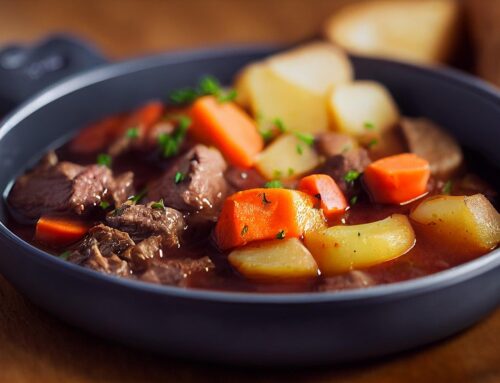

I could not find saffron powder. So I’m wondering how much saffron stems I should use. Thanks for any suggestions.
Hi Dean,
I’ve learned that 1 tsp. of saffron threads is equal to about 1/8 tsp. of the powder. If you are using the threads, you can make your own powder by drying the threads in a warm skillet and then crushing them between two spoons. I hope this helps!
Thank you Jenn! This was delicious, made it last night!